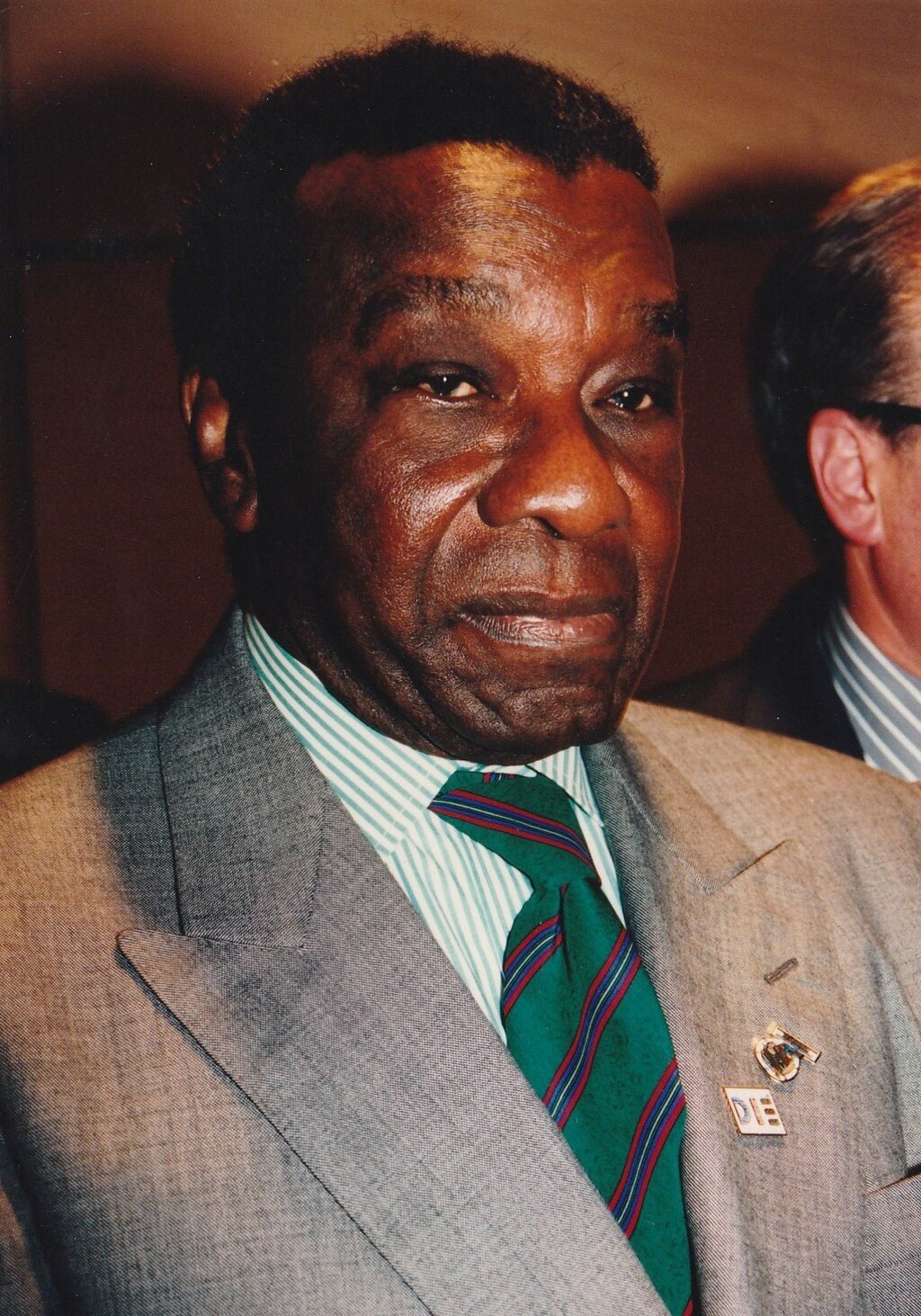Agradecemos seu apoio!
Milton Santos
Milton Santos was a renowned Brazilian geographer and geography scholar who made significant contributions to the field of geography, particularly in the areas of urban development in developing countries.
He was born on May 3, 1926 in Brotas de Macaúbas, Bahia, Brazil and died on June 24, 2001 in São Paulo at the age of 75.
Milton Santos had a degree in law but became known for his pioneering works in several branches of geography, notably urban development in developing countries. He is considered the “father of critical geography” in Brazil.
In 1994, Santos was awarded the Vautrin Lud Prize, often referred to as the “Nobel Prize of geography”, making him the only Latin-American scholar to ever win this prestigious award.
Some of his major works include “O Brasil: Território e sociedade no início do século XXI” (The Brazil: Territory and Society at the Beginning of the 21st Century) co-authored with Maria Laura Silveira.
Milton Santos was a highly influential Brazilian geographer who made groundbreaking contributions to the understanding of urban development in the developing world, and was the only Latin-American scholar to receive the prestigious Vautrin Lud Prize, considered the “Nobel Prize of geography”.
Milton Santos’ notable works
“O Brasil: Território e sociedade no início do século XXI”
(The Brazil: Territory and Society at the Beginning of the 21st Century), co-authored with Maria Laura Silveira.
The book examines the territory and society of Brazil at the start of the 21st century. It provides an in-depth analysis of the spatial and social dynamics shaping Brazil during this period.
As one of Santos’ major publications, this work is considered an important contribution to understanding the geographic, social, and political landscape of contemporary Brazil from the perspective of a leading critical geographer.
The book likely draws on Santos’ broader theoretical frameworks and concepts related to space, territory, globalization, and the urban-rural divide, which were central to his influential body of work.
“For a New Geography”,
originally published in Portuguese in 1978.
This work is considered a milestone in the history of critical geography and marked Santos’ emergence as a major interpreter of geographical thought. It presents an incisive critique of 20th century geography and makes the case for a new geography linked to global social justice.
The main argument of Milton Santos’ seminal work “For a New Geography” is that there needs to be a radical rethinking and reorientation of the field of geography.
It presents an incisive critique of 20th century geography, rooted in an anticolonial, Third Worldist perspective. Santos argues that traditional geography has been shaped by colonial and Eurocentric biases.
The book makes the case for a “new geography” that is linked to global social justice and the liberation of marginalized peoples and spaces. It advocates for a geography of action and emancipation.
In advancing this vision, Santos introduces novel theoretical categories and methodological approaches to the analysis of space, moving beyond the limitations of conventional geographic thought. The work marked Santos’ emergence as a major interpreter of geographical thought, positioning him as a prominent Afro-Brazilian public intellectual and one of the foremost global theorists of space.
“The Nature of Space”,
in which Santos attends to globalization and how local and global orders intersect in the construction of space. He offers a theory of human space based on the inseparability of time and space.
“The Nature of Space” by Milton Santos is a significant work that delves into the intersections of globalization and the construction of space, offering a theory of human space based on the relationships between time and ontology. Santos argues that by considering the inseparability of time and space, geographers can transcend fragmented realities and partial truths, providing a geographic contribution to the production of critical social theory. This book introduces novel theoretical categories to the analysis of space, emphasizing the indissoluble systems of objects and actions in social processes. Overall, “The Nature of Space” contributes to a rethinking of geographical studies and offers insights into the complex dynamics of space in the contemporary world.
The main argument of Milton Santos’ work “The Nature of Space” is that space should be understood as a complex, relational, and dynamic concept, rather than as a static, absolute entity.
Santos presents a sophisticated ontology of space that emphasizes the tension between the global and the local. He argues that space cannot be reduced to a single, universal logic, but must be understood as a network of “fixes and fluxes” shaped by the interplay of global and local forces.
A central concept in Santos’ theory is “techniques” – the ways in which societies organize and transform their environments. He sees techniques as the channels through which the global and the local interact to produce space.
Santos rejects the traditional division between a “natural” and a “technical” milieu, arguing that techniques are integrated into the environment as part of a single, unified reality. This challenges the notion of space as a passive container.
The book emphasizes the importance of “place” (or locality) as the principal coordinate where techniques, time, objects, and actions manifest themselves as systems. Space is seen as the product of these interacting systems in place.
“O Espaço Dividido” (The Divided Space),
which is considered a classic work in which Santos develops a theory about the composition of two circuits in the urban economy – an upper, modern, capital-intensive circuit and a lower, non-modern, labor-intensive circuit.
It was published in 1979 and is considered a classic work in which Santos develops a theory about the composition of two circuits in the urban economy of developing countries.
The two circuits Santos identifies are:
- The “upper circuit” – a modern, capital-intensive sector
- The “lower circuit” – a non-modern, labor-intensive sector
Santos’ theory challenges previous models of urban development, such as those proposed by Christaller and Berry & Garrison, which did not adequately capture the realities of cities in the developing world.
The book argues that in developing countries, the urban economy is not a unified whole, but is divided into these two interdependent but distinct circuits, each with its own logic, dynamics, and relationship to the global economy.
This conceptual framework allowed Santos to provide a new interpretation of the spatial and economic organization of cities in the “Third World”, moving beyond simplistic notions of “traditional” and “modern” sectors.
Milton Santos’ later years and death
Milton Santos died in São Paulo, Brazil on June 24, 2001 at the age of 75. The cause of his death was prostate cancer, which had been diagnosed about seven years earlier, around 1994.
Milton Santos passed away in 2001 at the age of 75 in São Paulo, Brazil, after battling prostate cancer for approximately seven years prior to his death.













